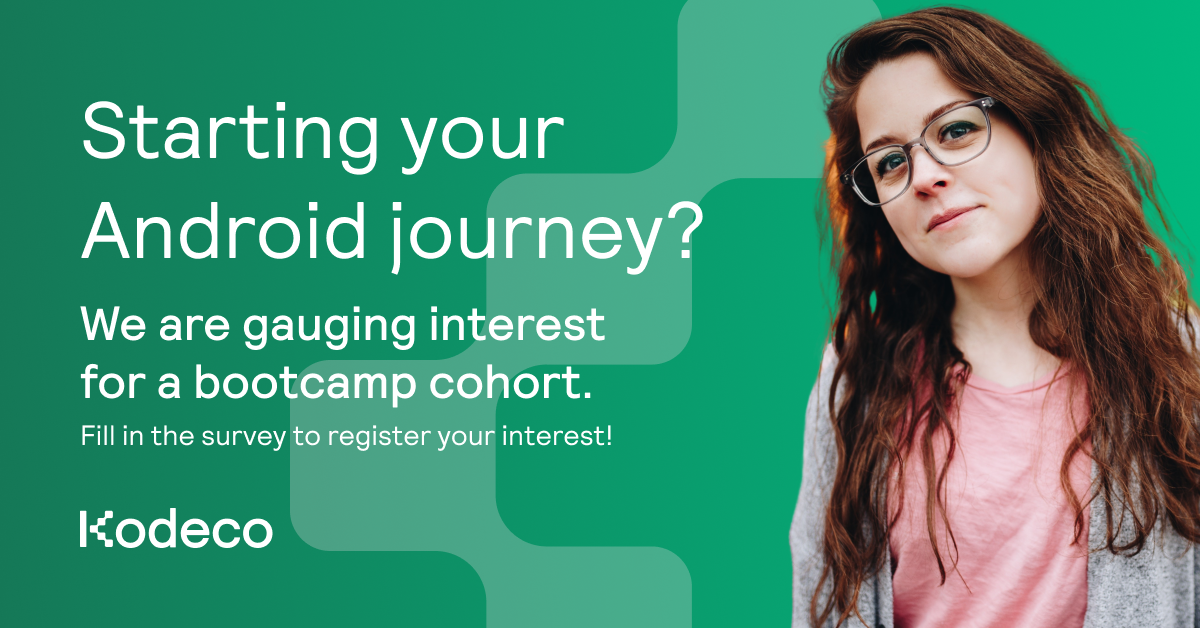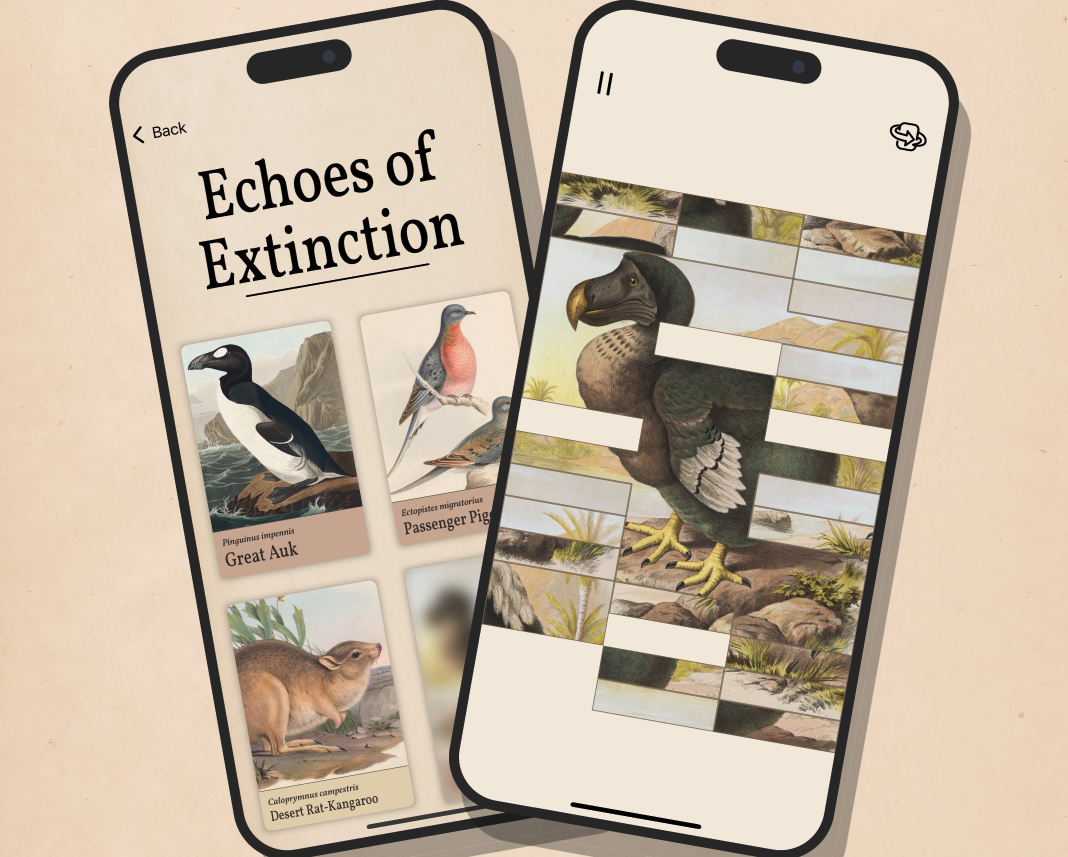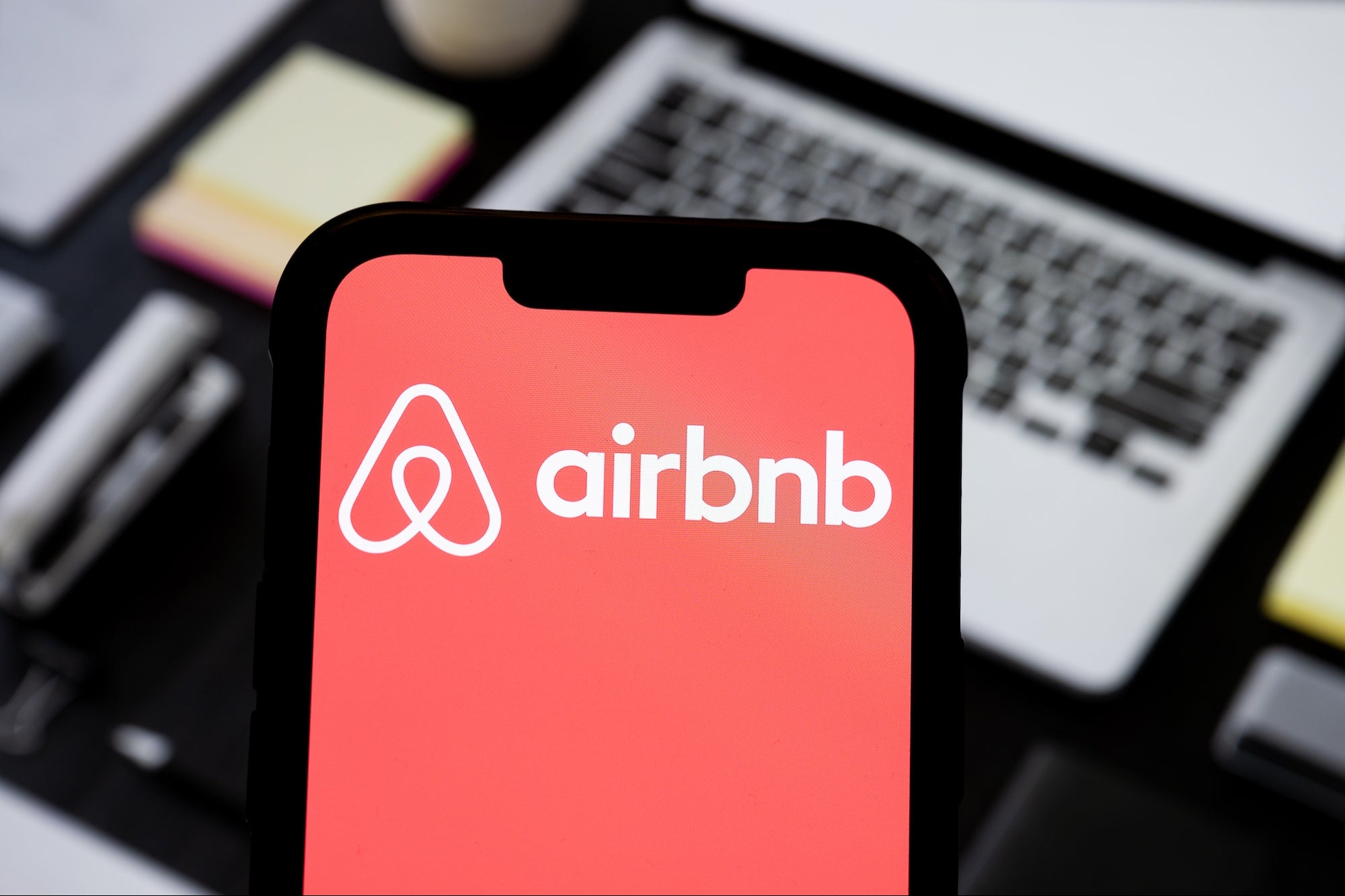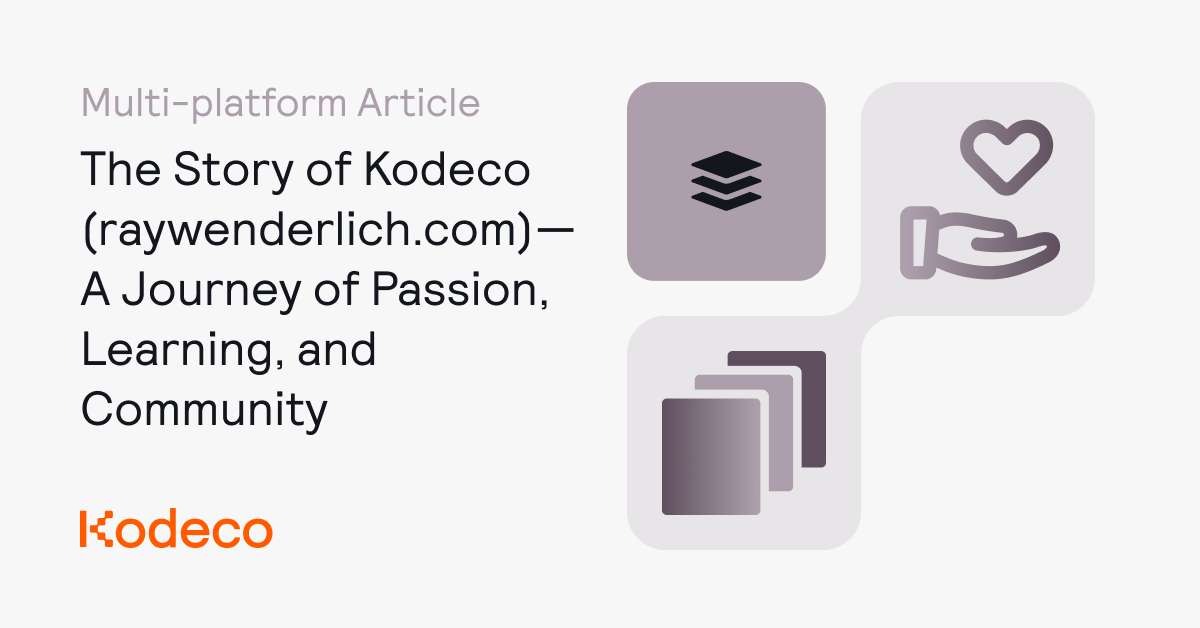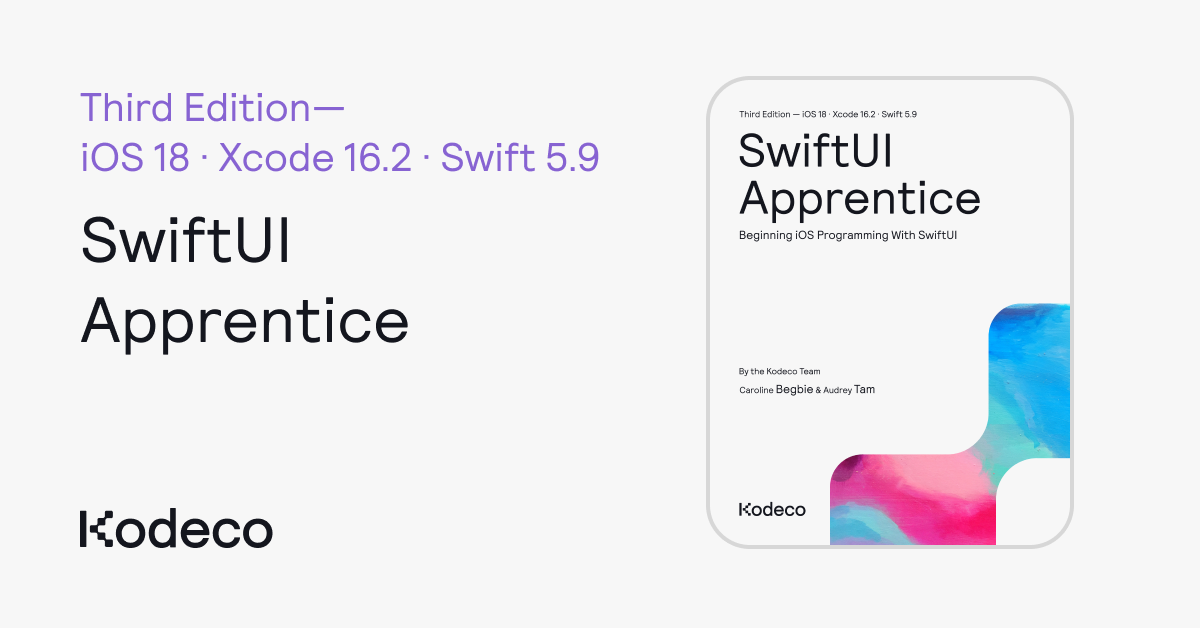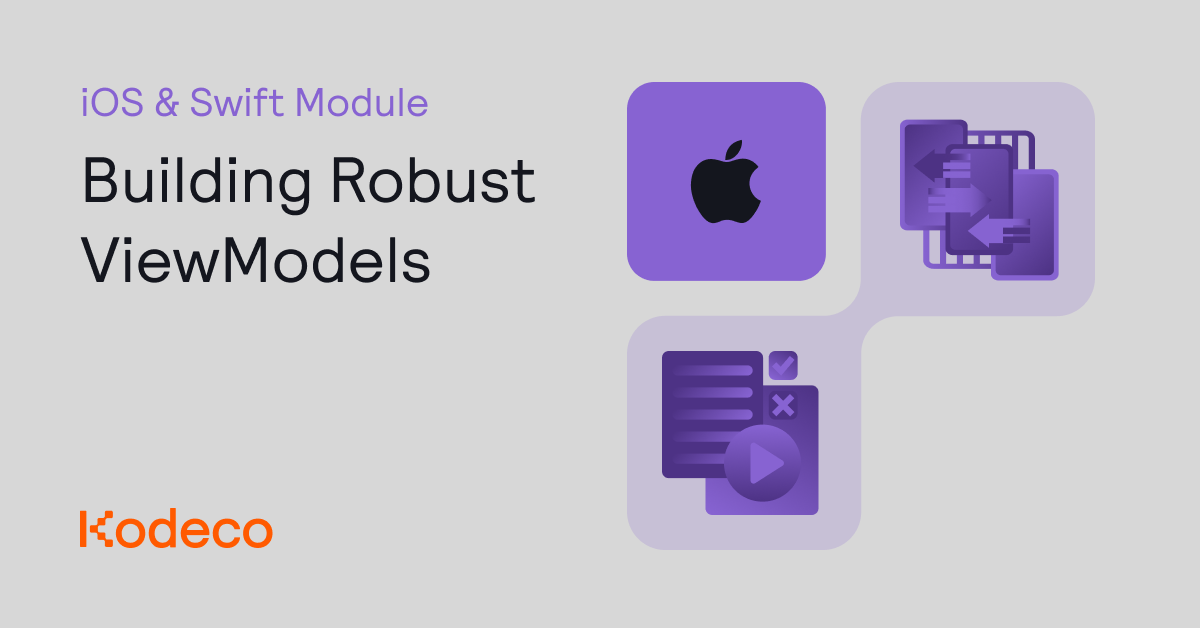Android development has undergone some considerable changes. Ten years ago, creating an app meant learning Java and building a user interface using a clunky visual interface building tool. XML was everywhere. In short, Android development was a rough development experience.
Times have certainly changed. Google acknowledged the problem and in response, they released the Android Jetpack framework. This framework leveraged the then new Kotlin language while addressing some of the pain points in creating apps. This modernized Android development, but more importantly, it made it fun!
Unfortunately, a lot of online learning materials are dated from five to ten years ago. This is not true for Kodeco. Last year Kodeco made significant investments to update our entire Android library. This means you’ll be able to learn Android using the latest techniques and libraries.
Bootcamp learning
We’re really keen to offer these top-quality materials as part of a bootcamp experience that is as accessible to as many people as possible. The goal of this bootcamp is to train you to become a junior Android developer with a few demo apps under your belt.
Here’s a week by week breakdown of our upcoming bootcamp:
Weeks 1-2: Getting Started
In your first two weeks, you’ll learn the basics of version control. You’ll find your way around Android Studio, and you’ll write your very first Android app. It’s hard to believe in just two weeks, you’ll have an app ready to go, but you are just getting started.
Weeks 3-5: Learning the Kotlin Language
This introduction to Kotlin will start you off by writing simple commands and will gradually increase in complexity until you are defining your own objects. This is all done using Kotlin Playground; an online Kotlin scratch pad that allows you to experiment, make mistakes, and have fun.
Weeks 6-7: Understanding Android Apps
You’ll learn about all the various resource files and discover the purpose of the Gradle build system. You’ll also meet the unit types used through Android. You’ll conclude week seven with a deep dive in Jetpack Compose.
Weeks 8-10: Multitasking in your App
In these weeks, you’ll learn to leverage multitasking with coroutines. You’ll learn how to use coroutines to make networking requests and parse JSON files. You’ll also learn to leverage concurrency by way of Kotlin Flow, a reactive programming library.
Weeks 11-13: Adding More Screens
Here, you’ll learn how to create stateful user interfaces with Jetpack Compose as well as add multiple screens to your app. You’ll also learn how to read and write data.
Weeks 14-15: Capstone Development & Graduation
These final two weeks culminate with the presentation of your capstone project to the rest of the cohort. After which, enjoy your final lesson and graduation ceremony.
Your final step is getting a junior Android developer position, or selling your own apps.
Please let us know!
To make sure that we can offer this bootcamp to as many interested people as possible, we need your help. If you are interested in attending this bootcamp, please take the following survey. We are looking for a date / time that works the best for everyone involved.
That said, if you have any questions or would like to speak with us in detail about the upcoming bootcamp, please reach out to support@kodeco.com.
This is an exciting opportunity for new or already existing developers. We want to be the bridge between who you are now to the Android developer you’ll be tomorrow.
